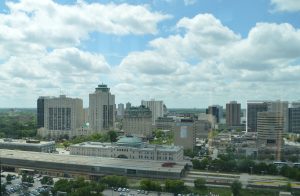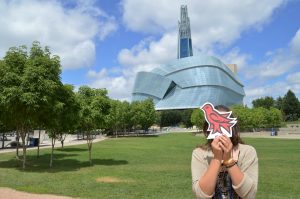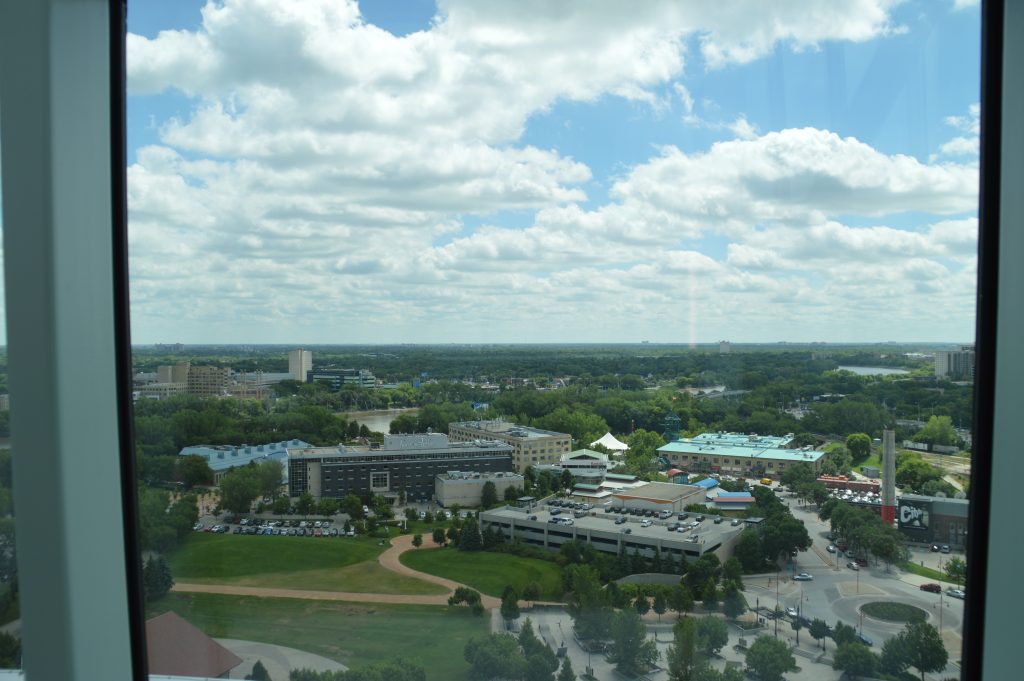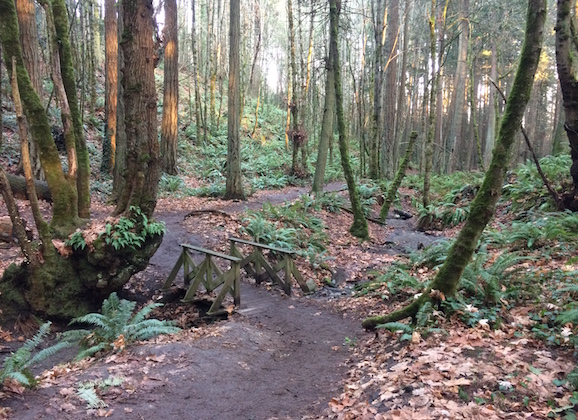Winnipeg (Part 2): Winterpeg, its Underground and a New Museum

Downtown Winnipeg
Once, Winnipeg was the biggest city in North America. The perfectly central location in Canada created an important trading point between the East and West coast that facilitated quick growth and attracted many businesses.
For quite some time, it seemed like Winnipeg would hold its important position. But then a general strike hit the “Chicago of the North” in 1919, when more than 30,000 workers left their position in the first hour to fight for better working conditions. They weren’t able to establish a Union in Winnipeg but rather it made companies leave the city and slowed down its growth. In addition, the Panama Canal opened in 1914 which now offered an alternative trading route and easier accessibility of the West coast by water.
Even though Winnipeg is nowadays “only” Canada’s 8th largest city with 671,551 inhabitants, it remains a trading point in the north with a bustling business district. However, it is quite different from other cities, like Vancouver and its downtown, for example.
Most of the bigger buildings here are completely made out of Manitoba’s pale Tyndall stone or, when they are more modern skyscrapers, combine the stone with glass (or at least something in a similar colour). This gives the downtown area in general a unique look, but in addition, it seems like every single building is different than the next one because of the many architectural styles found here.
A City Underneath the City
However, when it comes to Winnipeg, the parts of the buildings you cannot see are just as interesting as the ones above the ground. The city has an extensive network of underground connections, and whole malls that are underground, like the Winnipeg Square. This is necessary because, in Manitoba, you can get an 80°C temperature difference between summer and winter. That means, on some days in July and August you will get temperatures between 30 and 40°C like we mostly had at the Folk Fest this weekend.
During the winter, on the other hand, -40°C is nothing really special — which also led to the loving nickname “Winterpeg.” And because you don’t want to walk outside a single step more than necessary during those temperatures, the city connected all important buildings downtown with either underground tunnels or bridges above the streets.
Canada’s Newest National Museum
 One of the newest additions in downtown Winnipeg is the Canadian Museum for Human Rights, which opened in 2014. It perfectly blends in with the other buildings because of its unique architecture that combines pale stone with glass.
One of the newest additions in downtown Winnipeg is the Canadian Museum for Human Rights, which opened in 2014. It perfectly blends in with the other buildings because of its unique architecture that combines pale stone with glass.
The museum itself offers incredibly well-researched and presented exhibitions that use the newest technology to get visitors engaged, even with sometimes heavy material, while the Tower of Hope that sits 100m above the city is the perfect spot to get an amazing view all around.
This also shows the biggest difference between the landscape in Manitoba and British Columbia: there are no mountains. In whatever direction you look, there are only flat prairies as far as the eye can see.




